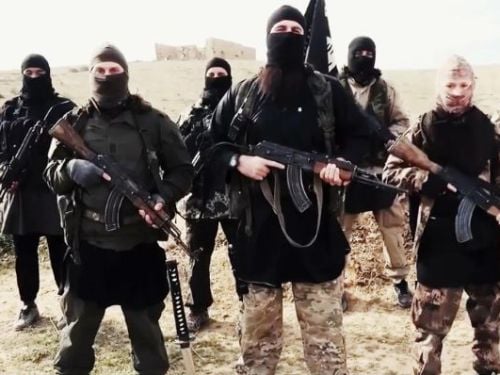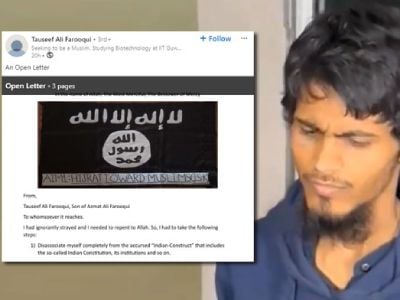
New Delhi : Last year, a central intelligence agency and the Madhya Pradesh police conducted an operation in Ratlam and arrested five youths who had joined the Islamic State. The arrested men — Imran Khan, Waseem, Rizwan, Anwar Qureshi and Mazhar — were being persuaded by their Syria-based handlers to target BJP and RSS members, apart from cops, outside MP. However, the youths were found to be raw and not a big threat. They had been radicalized but had not given in to the demands of their handlers. This brought down the worries of the agency, which then believed that ISIS was well within control. However, a section of the agency had some leads on about those belonging to the upper echelons of the ISIS, and they did not wind up the operation.
The Syrian handler was identified as Yusuf al Hindi, probably one of two Armar brothers whom the agency was tracking. This man was masquerading on social media radicalizing youths. As the agency dug further, it concluded that it was Shafi Armar who was handling the accounts in the name of Yusuf. This Yusuf was found to have been in touch with several youths in north India, including in Roorkee.
The investigation continued for months until agencies zeroed down on a few youths in three Roorkee villages. What the investigators had initially thought to be a set of youths motivated and brainwashed into walking on the path of jihad soon turned into a nightmare for them. A special cell was then roped in early December. What the investigation later unearthed was proof of how the Islamic State had been quietly strengthening its roots in India.
From tapping youths on Facebook to radicalizing them through online sermons — the ISIS was expanding its reach. And the Ansar ut-Tawahid was indeed the trump card of ISIS. AuT, a group formed by rebels of the Indian Mujahideen, still had its bases active in the dormant modules of the Students’ Islamic Movement of India. The very fact that the arrested operatives knew that matchstick heads could be used to make a bomb counted as evidence. Officials say the ISIS ideology can be propagated effortlessly without the need of any recruiter or ideologue being physically present to motivate new youths.
Technology and social networks are their weapons to spread their propaganda, something the current operation also proved. Last year, the AuT had uploaded on the internet video messages from various ISIS operatives, including the Friday sermon of its chief Abu Bakr Al-Baghdadi in which he had called for a jihad against India. Agencies have a list of youths who were contacted by the ISIS and the AuT on social media and subsequently on chat platforms. They have written to the police to keep a watch on the online activities of these two outfits and also monitor public sentiment on the internet. However, investigators agree that much more needs to be done to nip the growing reach of the ISIS in the bud.
Source : TOI




